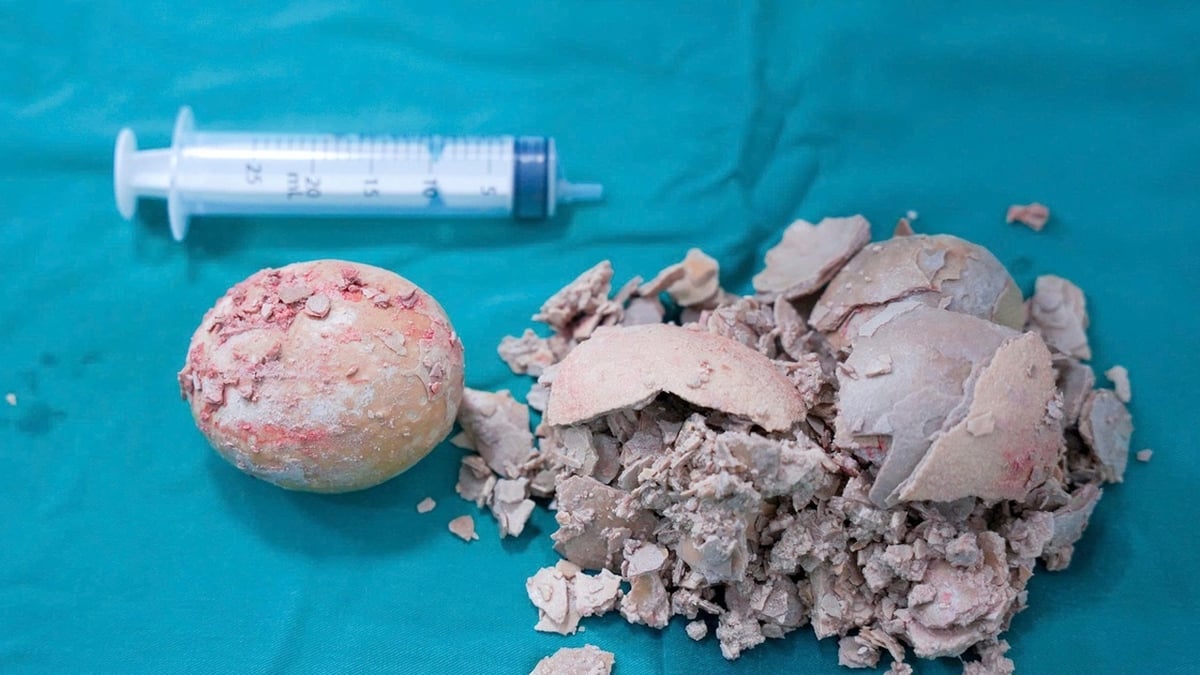The landing module of the Kosmos 482 spacecraft fell uncontrollably to Earth on May 10. The falling debris was monitored by the Russian Federal Space Agency (Roskosmos) and the European Space Agency (ESA).
Russian scientists say Kosmos 482 crashed into the Indian Ocean, west of Jakarta, Indonesia, in the waters of Southeast Asia.
No damage or injuries were reported.
Previously, scientists said the risk of humans being hit by spacecraft debris was extremely low, but not impossible.

Part of the remaining debris of the Kosmos 482 spacecraft that crashed in New Zealand on April 3, 1972 (Photo: privat).
It is still unclear how much of the Kosmos 482 spacecraft survived the crash. The spacecraft was designed to reach Venus, the hottest planet in the solar system, so it was durable enough to survive the impact.
Kosmos 482 (originally V71 number 671) was a spacecraft built and launched by the Soviet Union in 1972 as part of the Venera program to collect data from the surface of Venus.
According to the original plan, Kosmos 482 would approach Venus, transmitting data collected from the surface of this star for 50 minutes before being completely burned up by the planet's hot atmosphere.
However, due to a rocket failure, Kosmos 482 was unable to pass low Earth orbit (about 800km above sea level). After the failed launch, Kosmos 482 broke into two pieces including the main body and the landing module.
The first piece re-entered the atmosphere and fell back to Earth three days after the failed launch. Other parts of the spacecraft scattered across the planet over the next decade. But the lander, which weighed 495kg and was 1m long, had been in orbit for 53 years until it fell back to Earth on May 10.
Under a United Nations treaty, any spacecraft or satellite launched into space by the former Soviet Union will fall under Russian control.
Source: https://dantri.com.vn/khoa-hoc/tau-vu-tru-cua-lien-xo-roi-tu-do-xuong-vung-bien-dong-nam-a-20250512120200521.htm



















































![[Maritime News] More than 80% of global container shipping capacity is in the hands of MSC and major shipping alliances](https://vphoto.vietnam.vn/thumb/402x226/vietnam/resource/IMAGE/2025/7/16/6b4d586c984b4cbf8c5680352b9eaeb0)













































Comment (0)